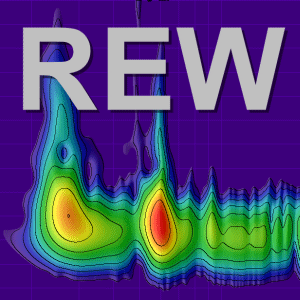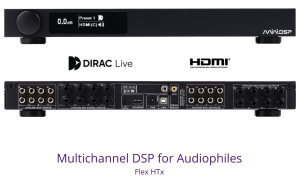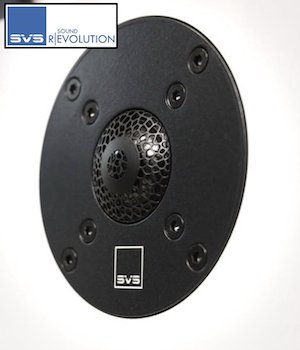John Mulcahy
REW Author
Thread Starter
- Joined
- Apr 3, 2017
- Posts
- 9,001
Builds updated today (beta 107) with these changes:
- Added: Interface supports French
- Changed: The siggen.properties bundle has additional entries for output level calibration
- Changed: Add jdk.accessibility to the runtime














